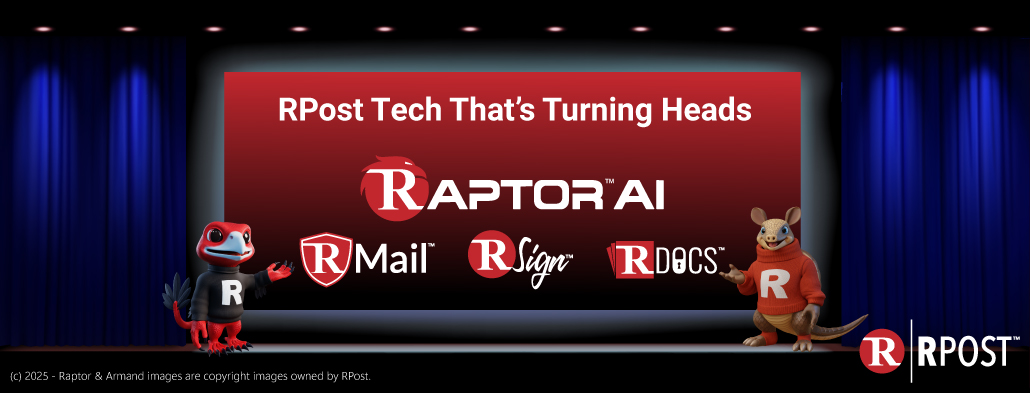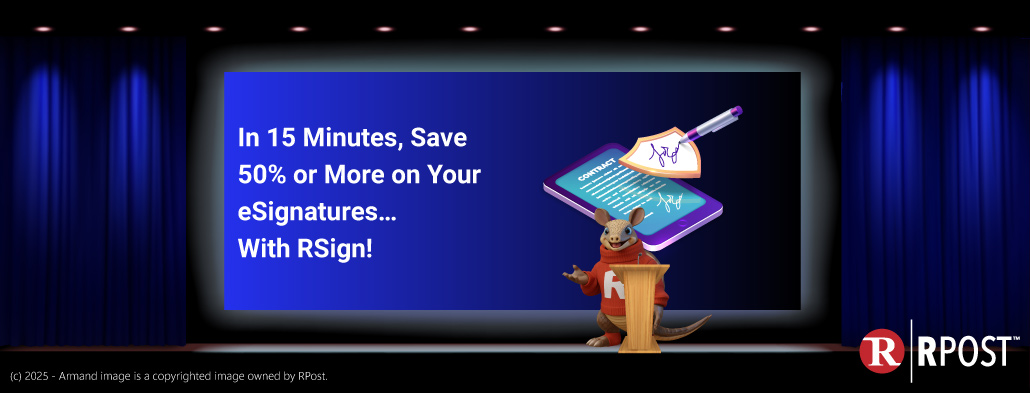
You show up in court with a US Certified Mail “Green Card” delivery receipt, evidence that supposedly proves you delivered a timely notice. The other party simply stands up and says quizzically, “Sure we got the certified letter, but no one in our office could figure out why we were sent an empty envelope!” And of course, there’s no proof of what was or wasn’t inside the envelope. Did the mail room attendant or administrator forget to insert the letter?
Maybe. Maybe not. Case dismissed.
Don Engel, Managing Partner of Engel & Siegel, LLC, a Chicago-based law firm, vividly recalls this episode, as it happened to his team.
Is proof of content important or simply “nice to have?”
Certainly, with paper delivery of certified or courier letters, it may be useful in disputes like the one previously described. With electronic delivery of attached letters, it may be essential — that is, if there is consequence if someone claims after the fact that there was no attachment to your carefully drafted email.
Tech Essentials recently held a series of webinars where business operators and legal experts in a variety of business sectors (insurance, lending, banking, real estate, law, storage, title, investment management, etc.) discussed why they need proof of email delivery to meet certain legal notification requirements or simply to protect themselves in case of a later claim of non-receipt or dispute about who said what when.
[Review webinar recordings by industry sector — CLICK HERE. Sign up for upcoming Tech Essentials webinars with industry specialists.]
A London legal journal published the most common misconceptions with regards to email delivery :
For example, many believe that if they do not get a bounce notice, they can assume their email was successfully delivered.
This is a false assumption. Why? Email technologists estimate that more than half of recipient mail servers do not return bounce notification emails.
In case you are curious why some mail servers are configured to not return bounce notices, here is a slightly technical explanation. Spammers often send spam relayed through unknowing ISP mail servers to every conceivable iteration of “yourname@yourfirm.com.” They will use automated systems to send to y.name@yourfirm.com, your.name@yourfirm.com , your.n@youfirm.com, and so on. Since most of these are not real addresses, your firm would be sending thousands of bounce notices back to unknowing sending ISP servers if your firm’s mail servers were configured to send bounce notices. The sending ISP servers would then believe your firm’s servers were sending it spam, possibly resulting in your firm’s email servers getting blacklisted. Your firm’s legitimate email would then simply disappear (before reaching the recipients) until your IT staff cleared up the blacklisting issue. This phenomenon is called “backscatter blacklisting.”
Know more:
How to Recall an Email in Outlook
It was also reported that many believed sending a trackable link for a recipient to click-to-retrieve documents would constitute proof of delivery of the retrieved documents. This is a false assumption. Why? Consider the example of an investment advisor sending a client an important disclosure related to an investment by way of sending a link to it. If the investment later turns into a flop and there is a claim that the risks were not disclosed, even if it can be shown the link was clicked, there is no way to show what was successfully downloaded or even what was downloadable at that link at a specific point in time (a file at a link may be easily updated without changing the link).
In each of these examples, once users realized standard email was not good enough for when proof of delivery was desired or required, they turned to send important email as RMail Registered Email™ messages. Every sent Registered Email™ message returns a Registered Receipt™ providing court admissible and verifiable proof of email (and attachment) delivery and content delivered, timestamped and self-contained, without requiring any clicks, log-ins, replies, or compliant action at the recipient end.

November 21, 2025

November 14, 2025

November 07, 2025

October 31, 2025

October 24, 2025